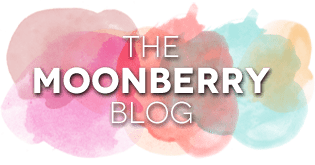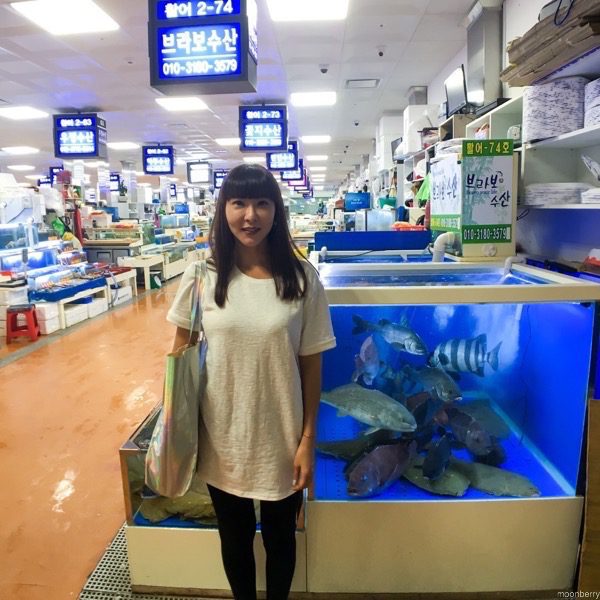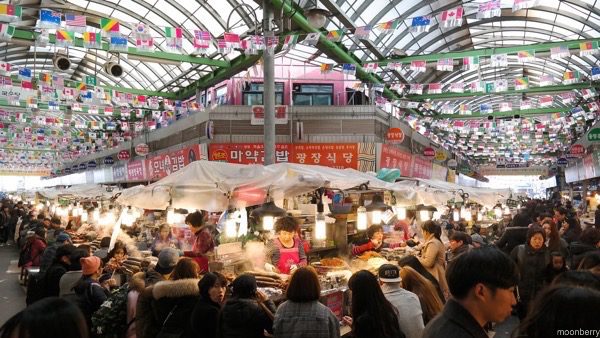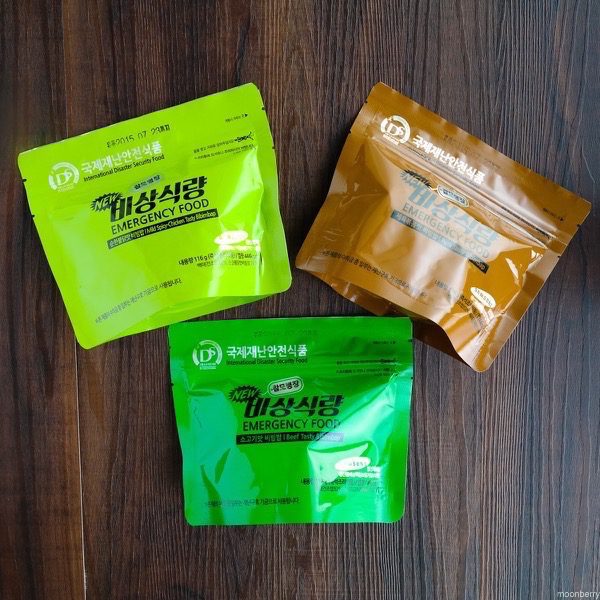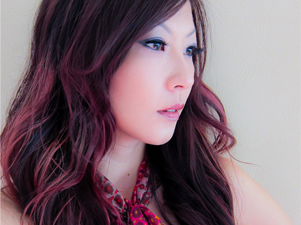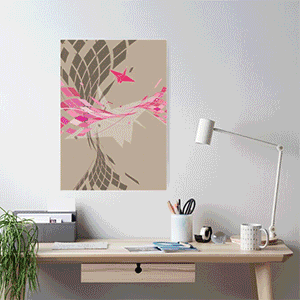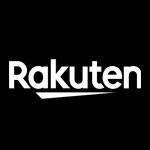I visited Imun Seolleongtang during my last visit to Seoul. This restaurant specializes in seolleongtang only. It also boasts a very long history – it has been in business for more than 100 years. Since 1904!
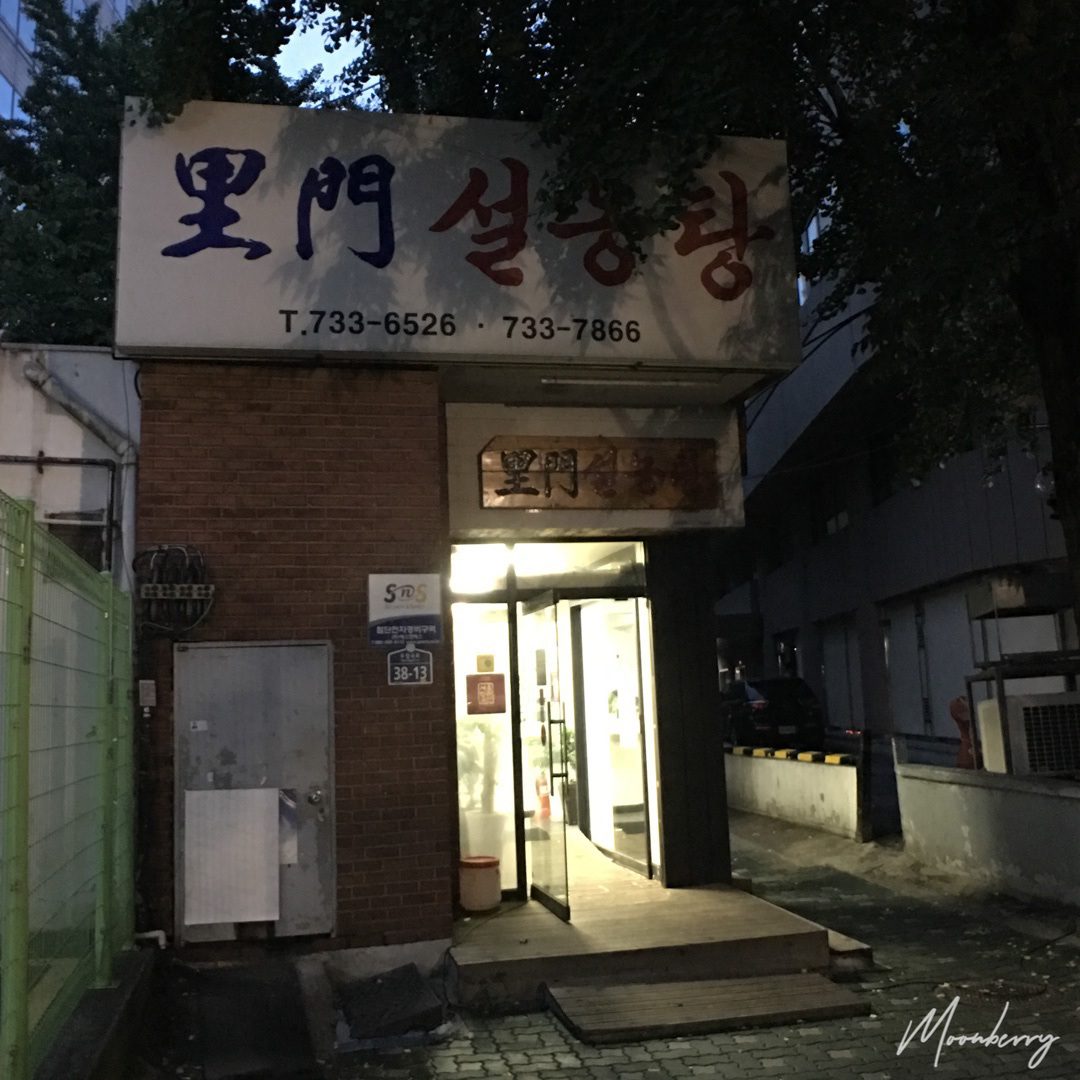
Seolleongtang is a Korean broth made from ox bones, brisket and other cuts. The characteristic of a seolleongtang is its creamy color, as milky as snow. Unlike other bone stocks and soups, this broth is made by boiling ox bones at a very high temperature for a long time. This is why the resulting broth is cloudy or opaque instead of clear. Till this day at Imun Seolleongtang, the old-school restaurant still observes the tradition of boiling the ox bones for 17 hours to produce a robust flavour.
A bowl of seolleongtang typically consists of broth with rice, rice noodle, and a topping of meat. Here’s the menu at Imun Seolleongtang:
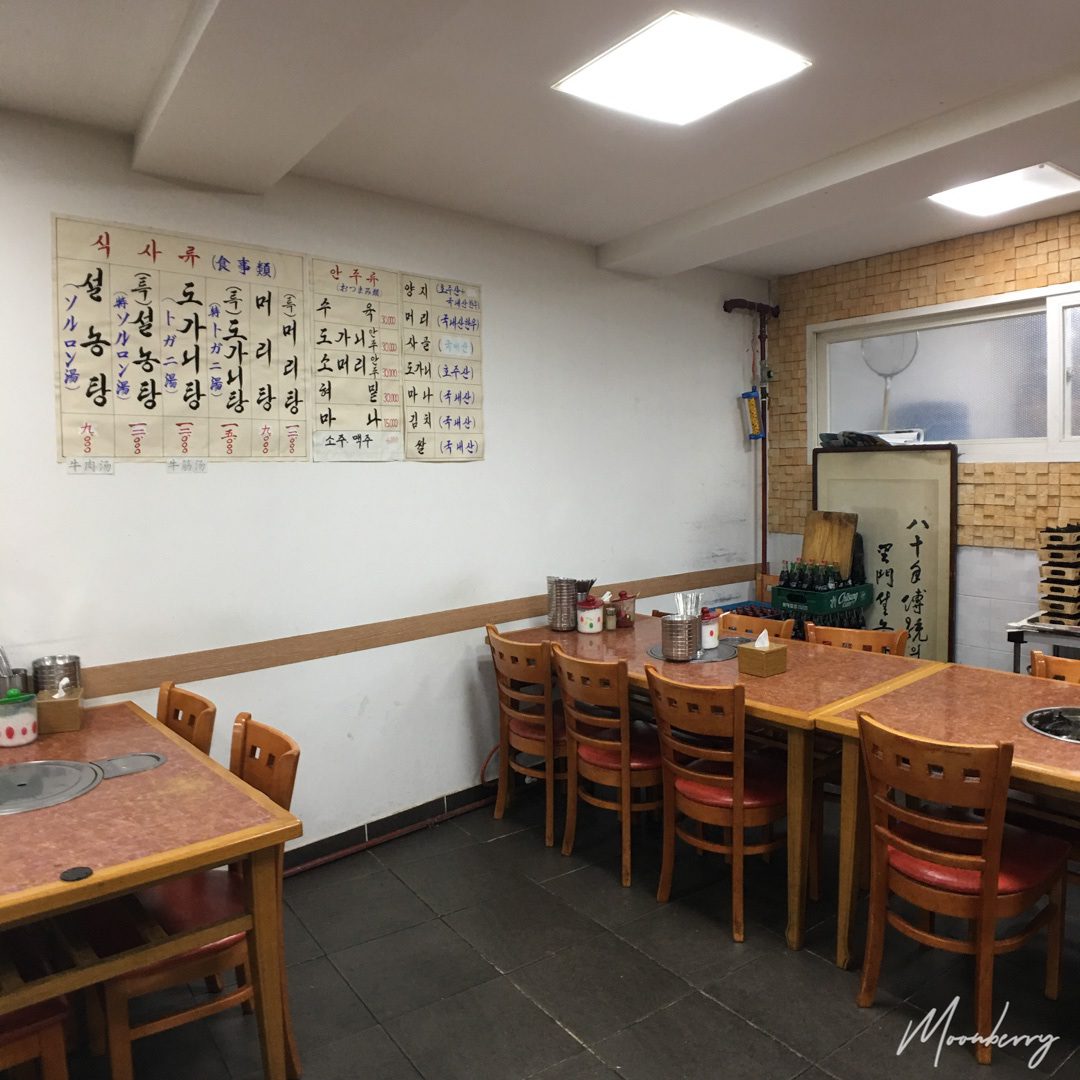
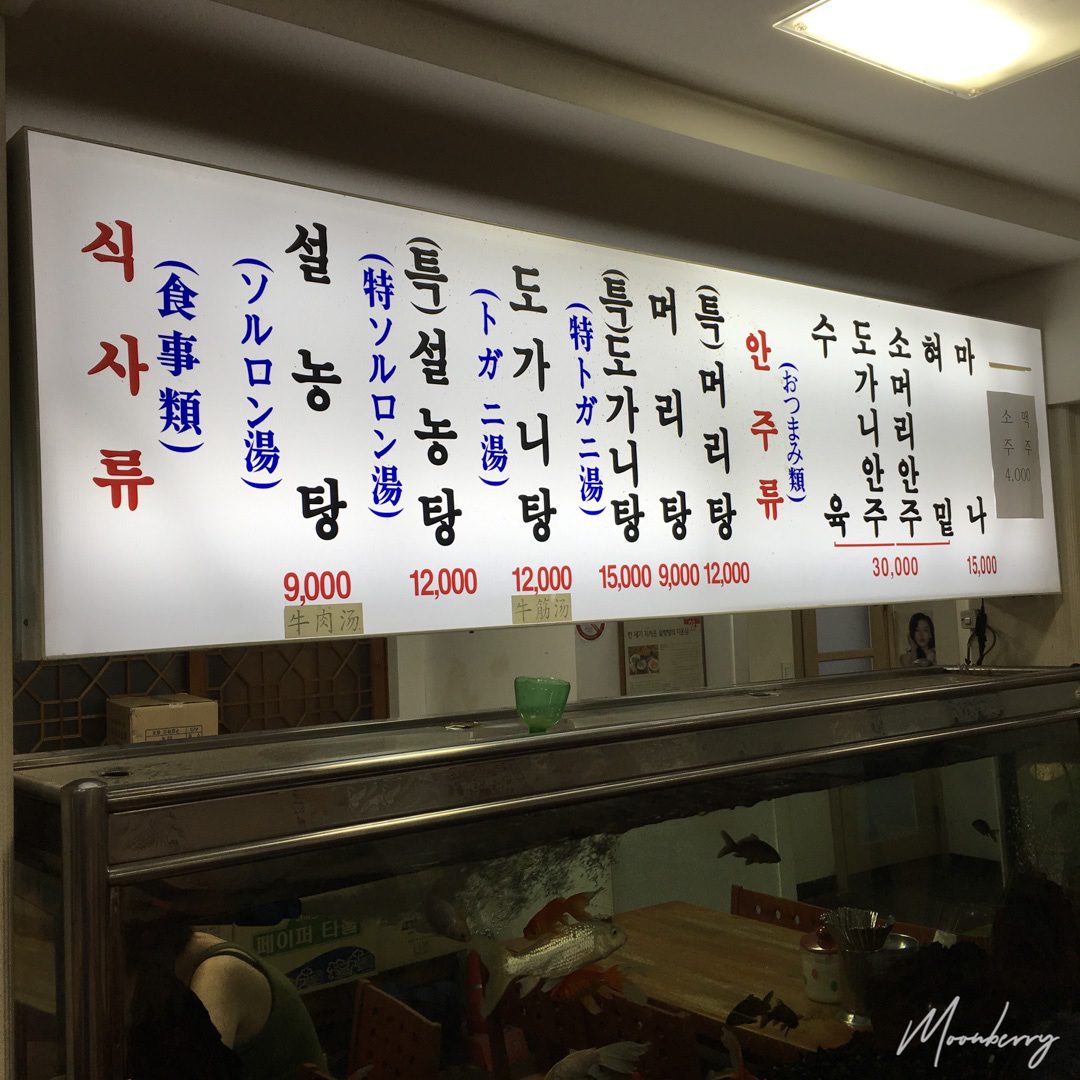
From what I could make out on the menu, there are several versions served here: Original (9,000 won), Special (12,000 won), Tendon (12,000 won), Special Tendon (12,000 won), Head (9,000 won) and Special Head (12,000 won).
You can also separately order a plate of steamed meat and spare parts on the side, if you want.
Recently while watching Baek Jongwon’s Hanwoo Rhapsody on Netflix, I was delighted to see Imun Seolleongtang featured. It made me remember that I have eaten here before. The program mentioned that seolleongtang can include various beef parts – like offals, head meats, tendon, etc.
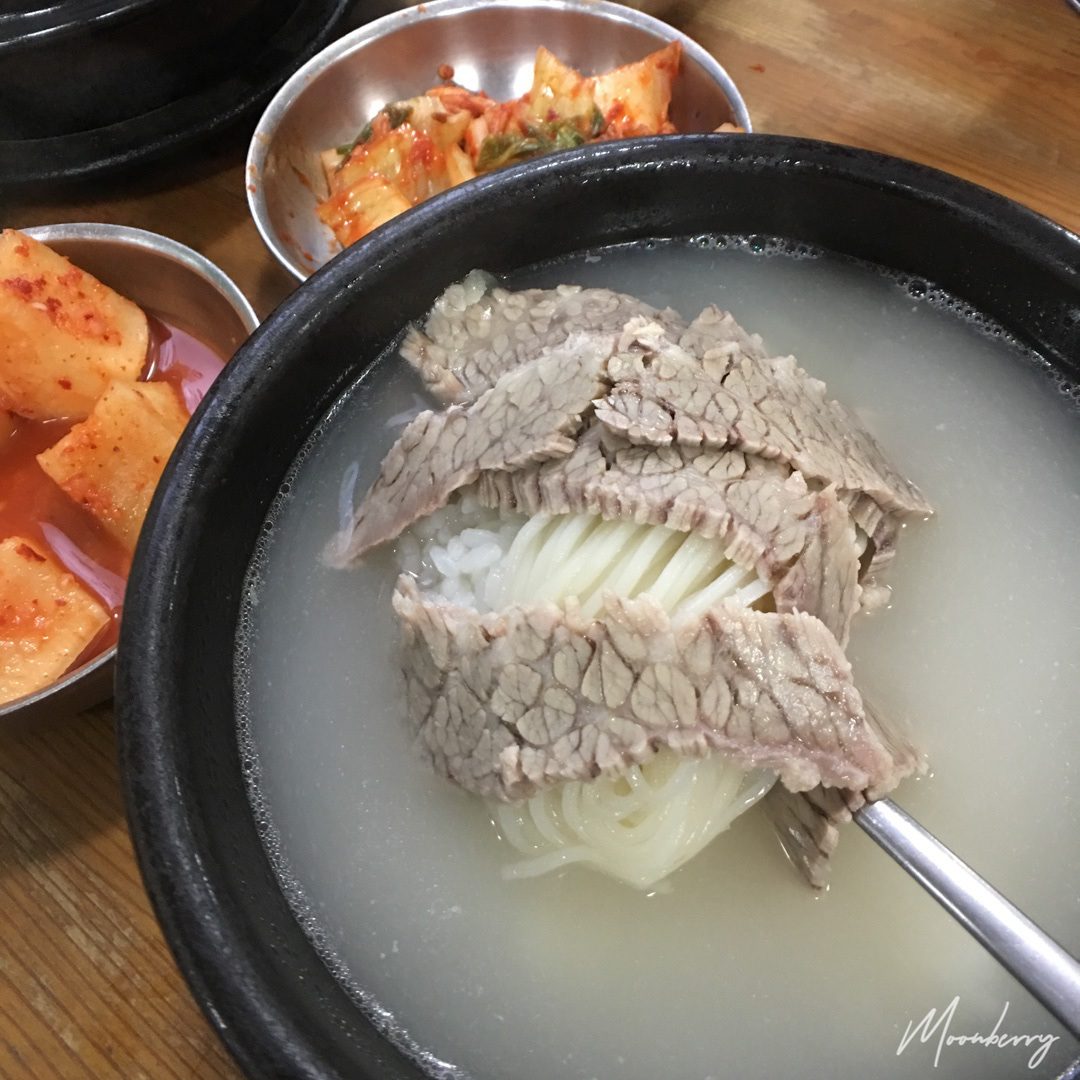
We ordered the original version, with was beef brisket. I also ordered the tendon version. This was our first time at Imun Seolleongtang so we stuck with the basics. Next time I’d like to try the special head version. :D
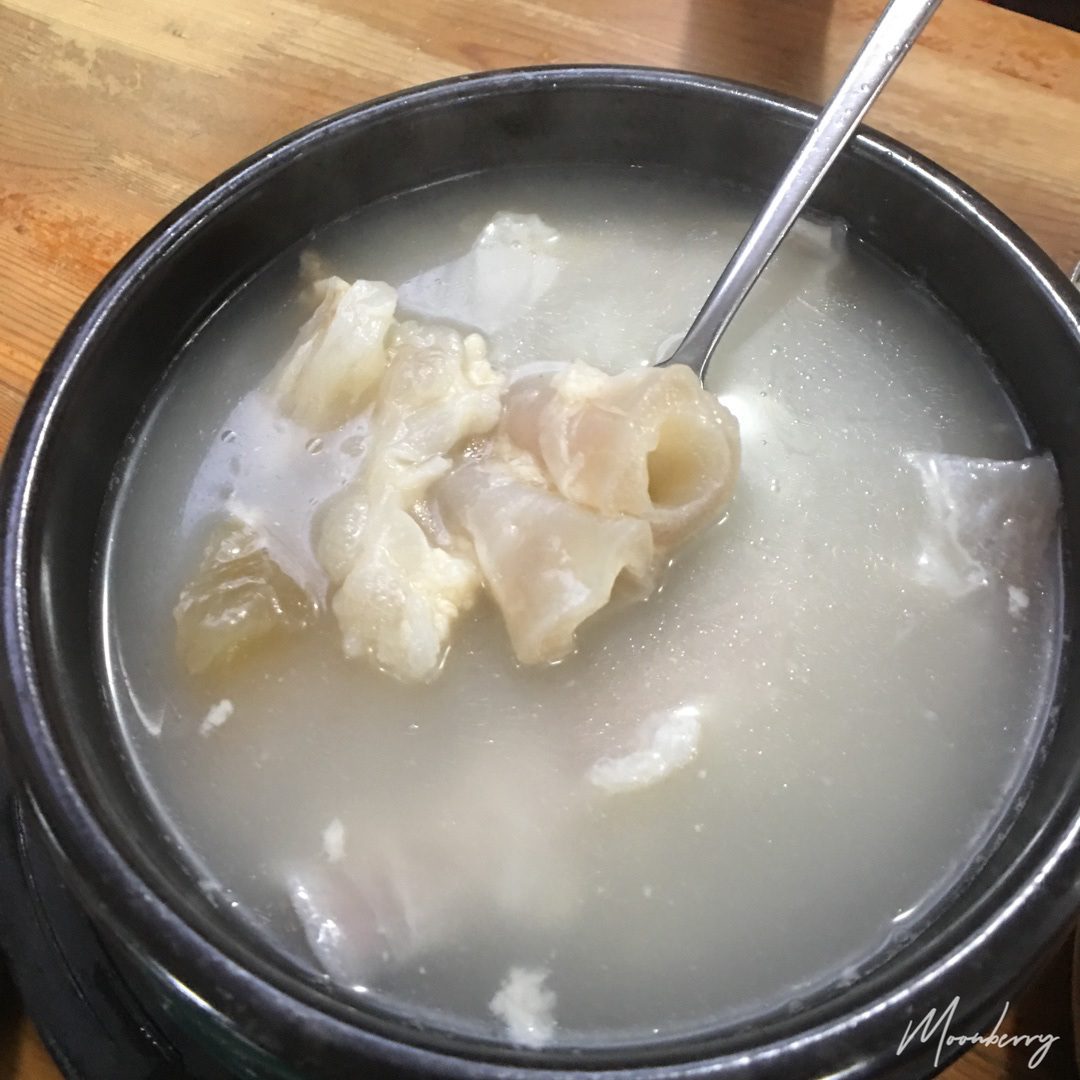
When we went, it was a rainy evening. It took us a while for our driver to locate the entrance of the restaurant as it was tucked behind tall buildings. Imun Seolleongtang was closing at 8PM so we were cutting it really close. We had to hurriedly order, slurp down our food, and get out of there fast.
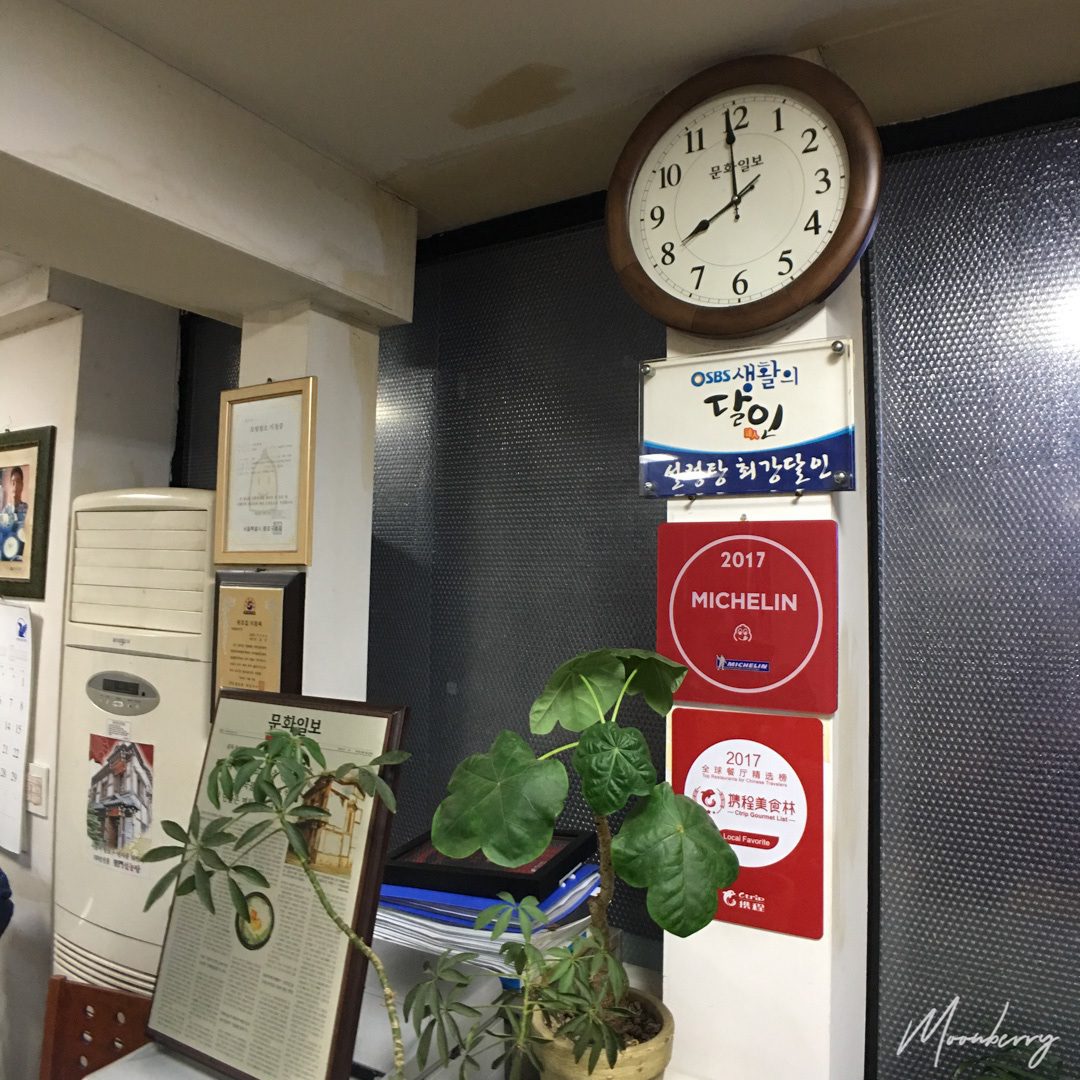
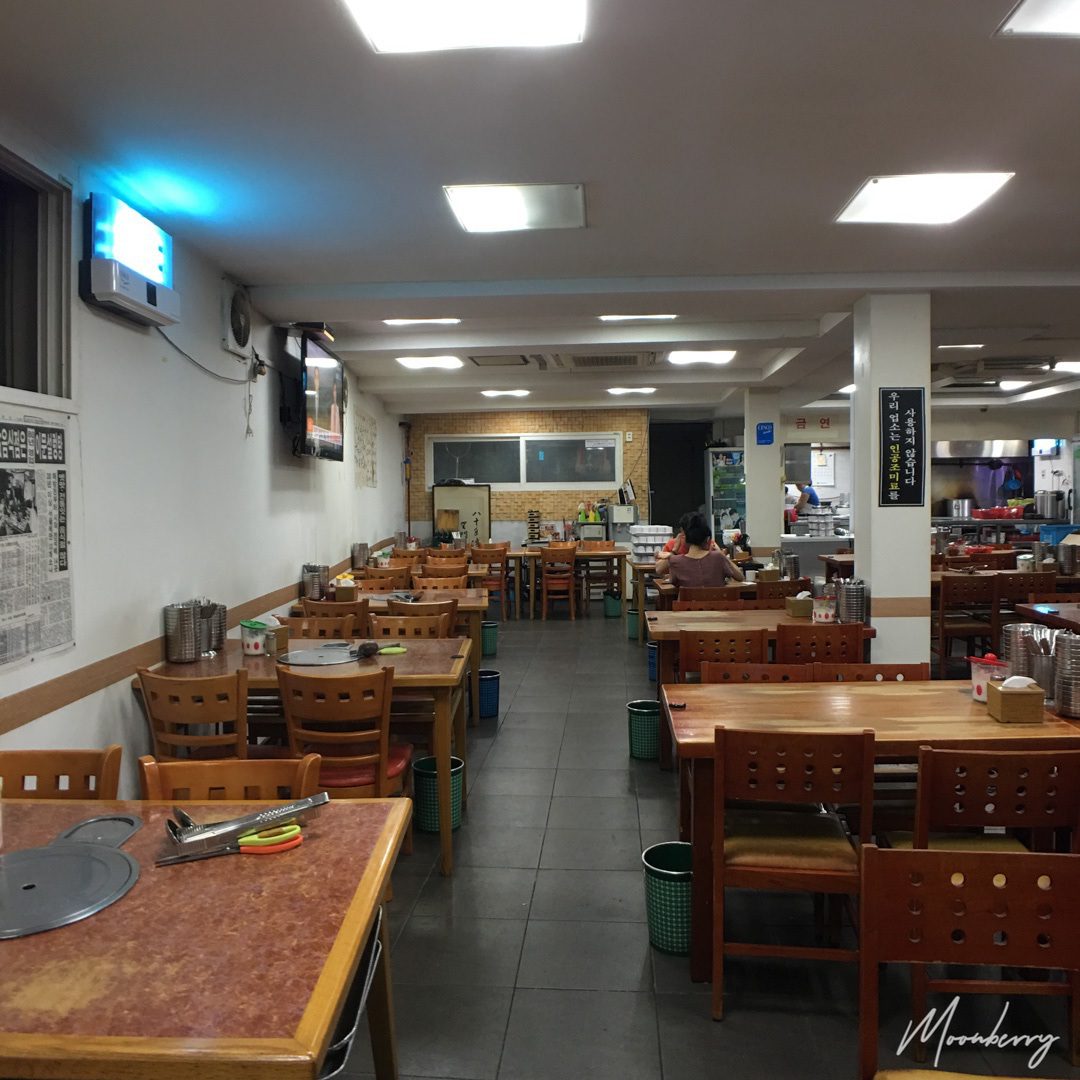
This was not the first time I had seolleongtang though.
Years ago when I was still living in NYC, my friends and I would go eat seolleongtang in Koreatown and Flushing. My first impression was that the broth tasted bland, but had an unmistakable beefy aroma. There was also a pot of salt on every table, for restaurant patrons to season according to personal taste. Other seasonings include ground black pepper, gochugaru, and chopped scallions.
I also had really awesome seolleongtang in the LA Koreatown which was memorable. Typically, kkadugi (cubed radish kimchi) is served with seolleongtang. The combination of kkakdugi with the broth is unbeatable.
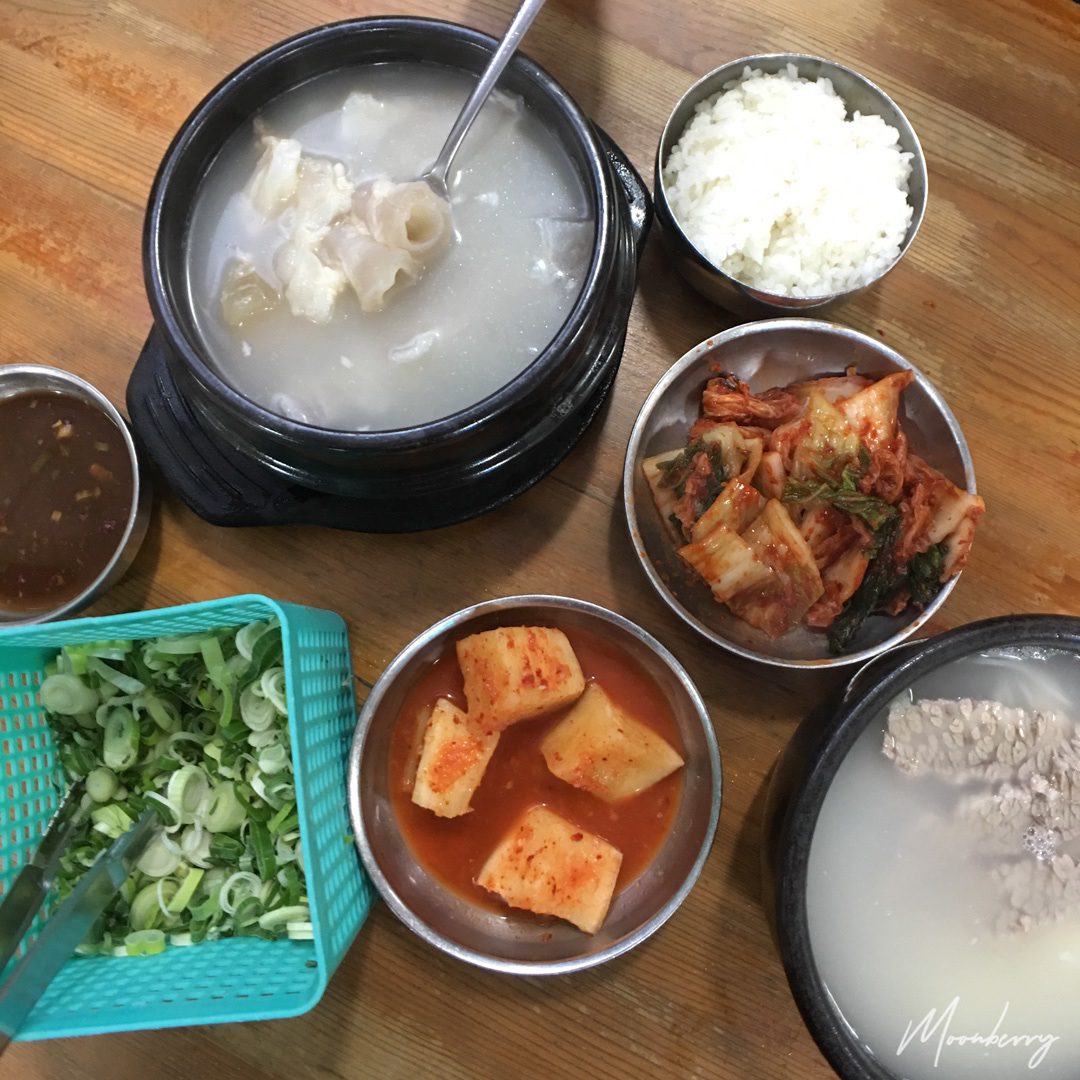
At Imun Seolleongtang, both kkakdugi and cabbage kimchi were served. I was so happy I got to eat this. It was a great meal which hit all the right spots on that cold, rainy evening.
Koreans regard seolleongtang as a medicinal food as it contains a rich source of protein. The long cooking time boosts the broth with amino acids and that helps in the transport and storage of nutrients, while also aiding in tissue repair and wound healing. Seoul/soul food… :P
I can’t wait to go to Seoul again to eat traditional Korean foods. I definitely will plan on eating at this iconic seolleongtang restaurant again. During this visit, I had not begun learning Korean language yet. Now that I am somewhat more proficient in the language (I could read Hangeul at the very least), I will be more confident the next time I visit Imun Seolleongtang.
More information about Imun Seolleongtang can be viewed on their website.
Klook.com
